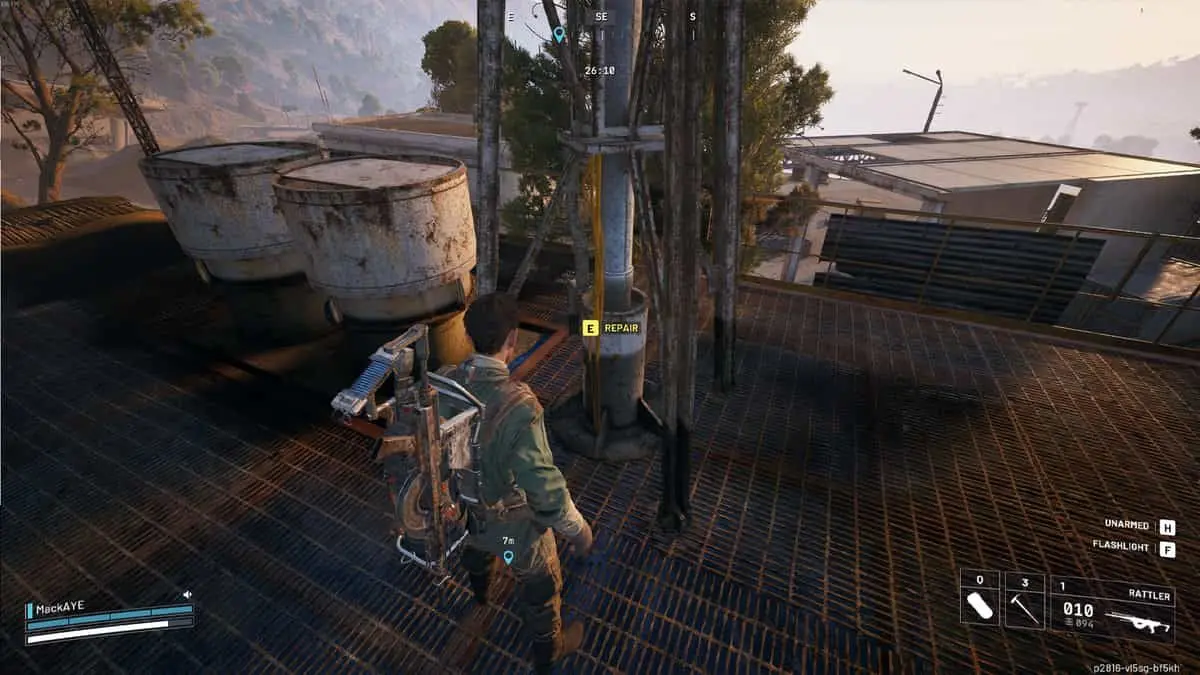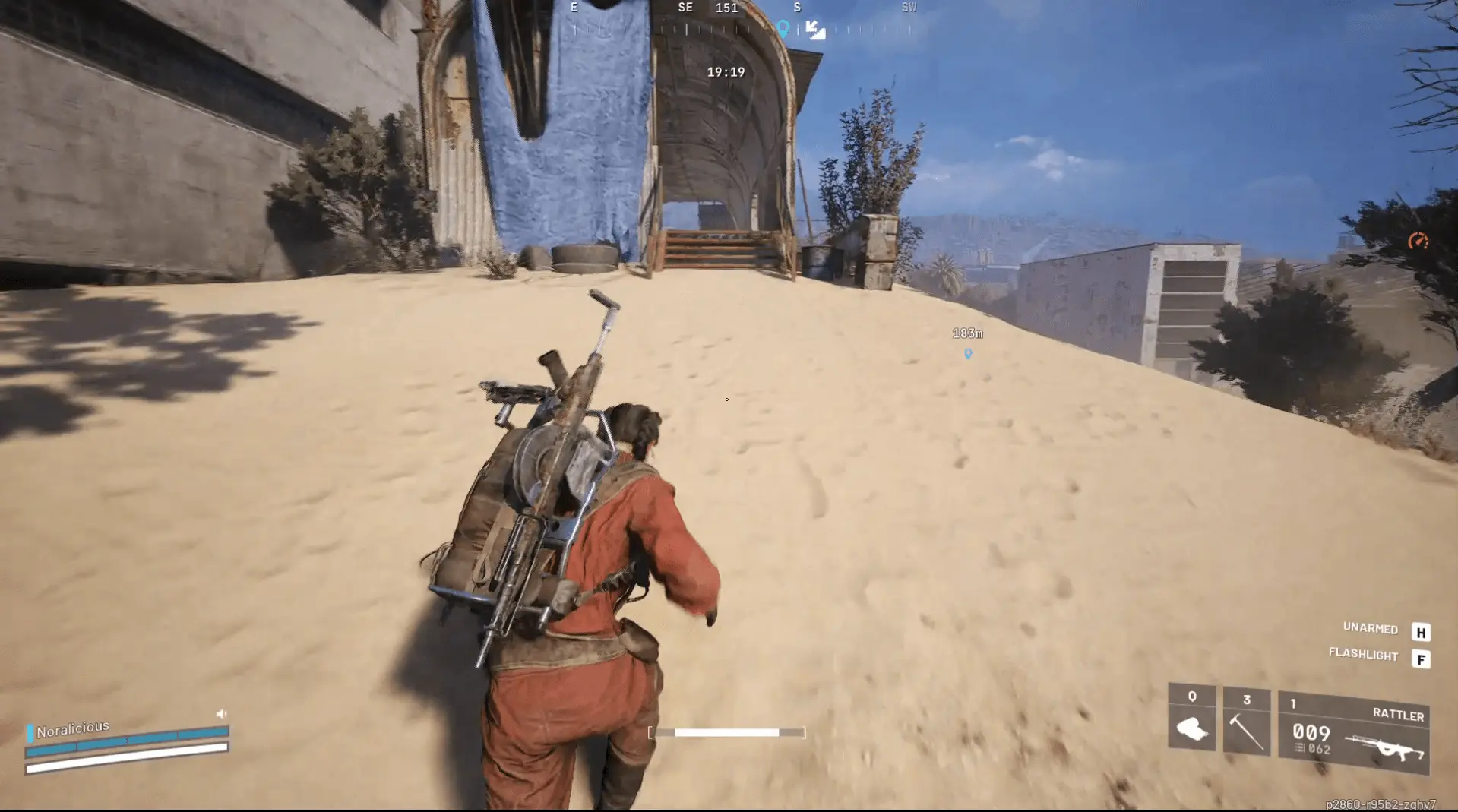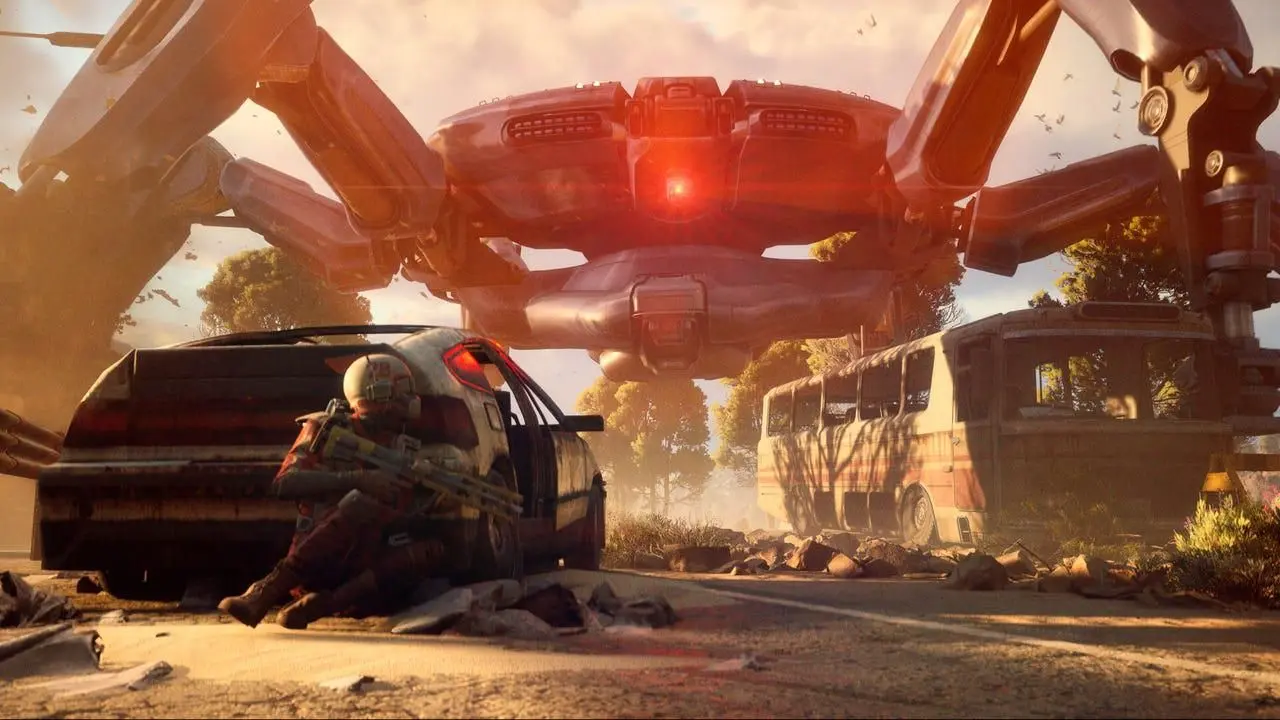The quest system in ARC Raiders drives your entire progression experience, offering structured objectives that guide you through the dangerous world above ground. With over 40 missions spanning multiple traders and locations, understanding how to efficiently complete these tasks becomes crucial for building your character and accumulating valuable gear.
How the Quest System Actually Works
Quest completion in ARC Raiders operates differently from traditional RPGs. You won't find NPCs standing around waiting for conversations. Instead, everything happens through your menu interface, making the system streamlined but requiring you to understand its mechanics.
The Five Quest Providers
Your progression revolves around five distinct sources, each offering specialized equipment and matching objectives:
Shani focuses on mobility and access tools. Her missions typically involve exploration, looting containers, and accessing restricted areas. She provides ziplines, hatch keys, and movement-focused augments.
Tian Wen runs the weapons department. His quests put you in combat situations testing different firearms and tactical approaches. Expect weapon modifications, ammunition, and combat-focused rewards.
Apollo handles explosives and tactical equipment. His assignments require strategic use of grenades, mines, and other specialized tools during engagements.
Lance manages medical supplies and defensive gear. His quests focus on survival scenarios and gathering medical components.
Celeste operates special missions from your base. Unlike traders, she provides unique story-driven objectives that often span multiple maps.
Tip
Building relationships with specific traders unlocks better equipment in their shops, so focus on completing quests for traders whose gear matches your playstyle.
Essential Quest Completion Mechanics
Understanding quest mechanics saves time and prevents frustration during your runs.
Immediate vs. Extraction Requirements
Some quests complete the moment you finish objectives, while others require successful extraction. This distinction affects your risk assessment significantly.
Instant Completion Quests let you play aggressively after finishing objectives since you can't lose progress. Examples include destroying specific ARC types or collecting materials.
Extraction-Required Quests demand careful planning and conservative movement once objectives are complete. These often involve delivering items or visiting multiple locations in sequence.
Shared Progress System
Quest progress counts for your entire squad, meaning teammates' actions contribute to completion. This creates opportunities for efficient coordination but also means you might accidentally complete objectives while helping others.

Important
Items already in your stash count toward collection objectives, so check your inventory before heading out for gathering missions.
Complete Quest List and Strategies
Here's every quest we've discovered, organized by difficulty and efficiency:
Early Game Priority Quests
Start with these missions to establish your foundation:
Picking up the Pieces requires minimal risk while teaching basic looting mechanics. Any area with loot category icons works, making this perfect for learning map layouts.
Trash Into Treasure teaches resource gathering by requiring 6 Wires and 1 Battery. These materials appear frequently in industrial areas and abandoned structures.
Off the Radar introduces Field Depot mechanics while providing valuable Defibrillators. The antenna repair teaches interaction systems you'll use throughout the game.

Mid-Game Progression Quests
Once comfortable with basics, tackle these more complex objectives:
The Trifecta demands destroying three different ARC types (Wasp, Hornet, Snitch) and collecting their components. This quest teaches enemy identification and combat prioritization.
Greasing Her Palms spans all three main maps, requiring visits to specific locked areas. Plan routes carefully and consider dedicating entire runs to this objective.
A First Foothold involves multiple repair tasks across Blue Gate map. The scattered objectives make this ideal for learning that map's layout.
Warning
Some quests like "Mixed Signals" require destroying rare ARC Surveyors. Don't force encounters; wait for natural opportunities to avoid unnecessary risks.
Advanced Challenge Quests
These missions test your mastery of game systems:
Straight Record requires disabling an EMP trap at Victory Ridge through multiple switch interactions. The complex sequence demands careful execution under potential enemy pressure.
Water Troubles involves accessing flood tunnels and sampling contaminated water sources. Environmental hazards add complexity beyond normal combat threats.
Eyes in the Sky requires installing LiDAR scanners at elevated positions across three maps. Vertical navigation skills become essential.
Optimization Strategies for Quest Completion
Route Planning and Efficiency
Smart quest selection maximizes your time investment. Group quests by location and objective type to complete multiple missions per run.
Same-Map Clustering works well for quests like "What We Left Behind" that require visiting specific locations across different maps. Dedicate full runs to single maps when possible.
Objective Overlap helps with quests sharing similar requirements. Destroying ARCs for "Clearer Skies" while using explosives for "Safe Passage" doubles your progress.
Resource Preparation means checking quest requirements before deployment. Bring appropriate weapons for combat quests or tools for repair missions.
Risk Management During Quests
Quest completion changes your risk tolerance throughout runs. Adjust tactics based on objective status and remaining requirements.
Pre-Completion Phase allows aggressive positioning and risky engagements since you haven't invested progress yet.
Post-Completion Phase demands conservative movement, especially for extraction-required quests. Avoid unnecessary fights and prioritize safe routes.
Partial Progress Protection applies to multi-stage quests. Some objectives save progress even if you die, while others reset completely.
Team Coordination Tactics
Squad-based quest completion requires communication and role assignment for maximum efficiency.
Specialist Roles work well when different players focus on specific quest types. One player handles combat objectives while another manages exploration tasks.
Backup Planning ensures quest completion even if primary players go down. Multiple squad members should understand each objective's requirements.
Resource Sharing helps with collection quests requiring specific items. Coordinate who carries quest materials to prevent loss during combat.
Pro Tip: Use voice chat callouts for quest-relevant discoveries like rare ARC spawns or hidden interaction points that teammates might need.
Reward Analysis and Progression Impact
Quest rewards directly influence your character development and equipment quality. Understanding reward values helps prioritize which missions to tackle first.
Equipment Tier Progression
Quest rewards follow clear progression patterns, with early missions providing basic gear and advanced quests offering premium equipment.
Tier I Equipment from starter quests provides functional but basic capabilities. These items establish your foundation but get replaced quickly.
Tier II and III Rewards from intermediate quests offer significant capability improvements. Weapons like the Stitcher II and Burletta III remain viable for extended periods.
Specialized Equipment from advanced quests provides unique capabilities unavailable elsewhere. Items like the Photoelectric Cloak offer tactical advantages beyond simple stat improvements.
Currency and Crafting Materials
Beyond equipment, quests provide essential crafting components and currency for trader purchases.
Raider Coins from quest completion fund equipment purchases and trader relationship building. Consistent quest completion generates steady income streams.
Crafting Components like Metal Parts, Steel Springs, and Duct Tape enable equipment creation and modification. These materials often prove more valuable than direct equipment rewards.
Rare Materials from challenging quests unlock advanced crafting recipes and base improvements. Prioritize these when building long-term progression strategies.
Troubleshooting Common Quest Issues
Objective Recognition Problems
Some quest objectives require specific interaction methods or locations that aren't immediately obvious.
Glowing Yellow Objects mark most quest interaction points, but environmental factors can obscure these indicators. Check thoroughly around objective areas.
Sequence Requirements matter for multi-step quests. Some objectives must complete in specific orders, while others allow flexible completion.
Map-Specific Variations mean similar objectives might require different approaches on different maps. Adapt strategies based on location-specific challenges.

Progress Tracking Confusion
Quest progress sometimes appears inconsistent due to timing and synchronization factors.
Delayed Updates can make progress seem lost when it's actually processing. Wait a few seconds before assuming objectives failed.
Team Progress Conflicts occur when multiple players attempt the same objective simultaneously. Coordinate timing to prevent interference.
Extraction Timing affects when progress actually saves. Some quests require full extraction completion, not just reaching extraction zones.
Understanding ARC Raiders' quest system transforms chaotic raids into focused progression sessions. The key lies in balancing efficiency with enjoyment, using quest objectives to guide exploration while maintaining flexibility for unexpected opportunities. Master these systems, and you'll find yourself building stronger characters while experiencing everything this dangerous world offers.

